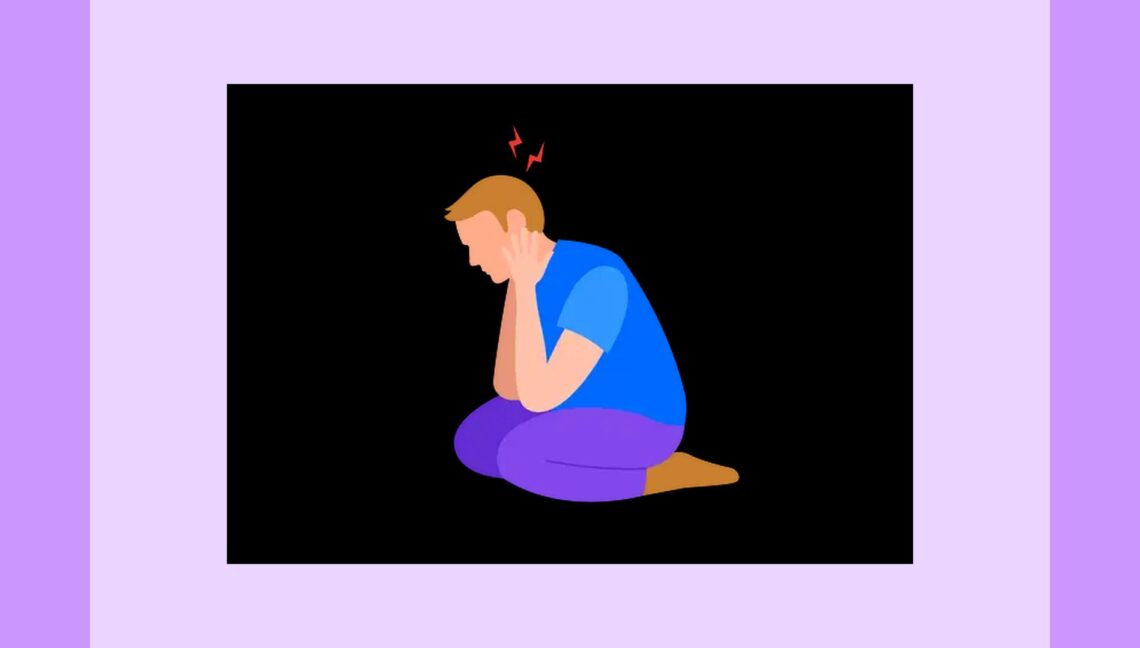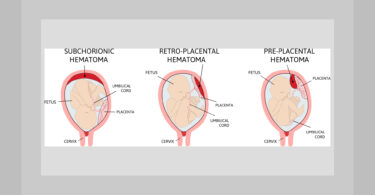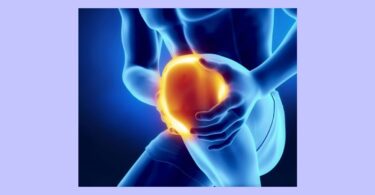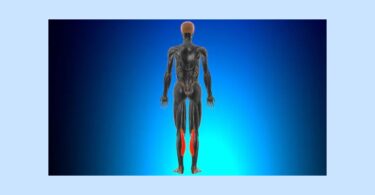KEYWORDS: developmental delay, case report, homeopathic therapy
BACKGROUND
Developmental delay is defined as a failure to achieve developmental milestones concerning acquisition of speech and language skills, fine and gross motor skills, behavioral and social skills.
The delay can be broadly distinguished based on the number of domains affected, viz. Isolated developmental delay (with single domain), Multiple Developmental Delays (two or more domains) and Global developmental delay (involving most developmental domains).1
The degree of delay is further categorized as mild (functional age < 33% below chronological age), moderate (functional age 34%-66% of chronological age) and severe (functional age < 66% of chronological age).2
The etiology for such delays are idiopathic, but can be ascribed to genetic (hereditary or familial predispositions) and environmental (intra-uterine growth retardation, metabolic errors, malnutrition etc.).1
According to the National Institute of Deafness and Other Communication Disorders,3 the active period for learning speech and language is observed to take place in the first three years of life. Speech and language delay are dissimilar; the former is caused due to lack of muscular co-ordination of the larynx or vocal tract (focus of our study), while the latter is due to the inability of the child to comprehend communication.3
The condition is diagnosed clinically or can be appraised using the Bayley Scales of Infant and Toddler Development (BSID) especially to detect the early developmental delay.4
The prevalence of developmental delay is yet to be established, but considering the global population, 10% of the children (toddlers and pre-schoolers) are found to have some or the other kind of delay. Under specific domains, the Global developmental delay rate is 1-3% in children falling under school age, cognitive delay rate is 1-1.5%, learning disability rate is 8%, speech and language delay rate is 2-19% and any delay to be 15%.5
The treatment strategies adopted are primary care provided by developmental and behavioral pediatricians, occupational therapists, child and adolescent psychiatrists, physical therapists, nutritionists etc. and establishing a therapeutic relationship with the patients.6
Although physical therapies are effective, and the condition by itself holds favorable prognosis, there are probabilities for a dangerous progression leading to neurodevelopmental deficit and cannot be efficiently prevented by physical therapies alone.2
The case report presented here is a male child of 6 years’ age, diagnosed clinically as delayed development, especially delayed speech. The child was treated with classical homeopathic therapy by detailed case taking and individualizing the case.
CASE REPORT
6-year-old male
Initial consultation – 4.09.2020
Main complaints: fears; grinding teeth at night; rattling in the chest; speech not clear; restlessness
Background information:
While pregnant, the mother was on thyroid medication, had gestational diabetes, was very stressed. Induced birth at 38 weeks, because the doctors were worried that the baby will be too big. He was 2.6kg at birth. The mother was scared and cried a lot before and during labor.
The child had a very hard time nursing and after one week the bottle was introduced. Once on formula, he became constipated and was given laxative. Laxatives were given regularly until the child was 10 months old.
At 2 weeks age he developed severe reflux, which he had until he was 2.5 years old.
The doctors said he had floppy larynx. Had difficulty to swallowing, started to eat solid food at 2.5 years old.
Vaccinated – had mild fever once. Never had a high fever.
The child had Calc carb and Calc phos in the past. He would get a little bit better, but the symptoms would return.
Currently:
Timid in new places, but otherwise very sociable.
Very sensitive, both emotionally and physically (to pain).
Fear of the dark and being alone. Fear of heights.
Loves cats.
Desires to travel, always wants to go somewhere else.
Speech unclear.
Very active, can’t sit still. Only sits when watching TV.
Desires yogurt (wants to have it with all his food), mango, banana, sweets, cold milk (mother doesn’t give), chocolates, eggs, chicken.
Always hungry.
Frequent stool.
Tosses in his sleep. Teeth grinding. Uncovers.
Hands warm.
Late teething. At the age of 6 years still has all his baby teeth.
Table 1: Repertorisation of symptoms 4.09.2020
| Symptoms | ||
| Mental/emotional | Physical | Generalities |
| MIND FEAR alone, of being ++
MIND FEAR dark +++ MIND FEAR high places, of +++ MIND SYMPATHETIC ++ MIND TRAVEL desire to + MIND TIMIDITY + MIND SENSITIVE, oversensitive + MIND FEAR dogs, of + MIND FEAR insects, of ++ MIND RESTLESSNESS, nervousness children, in +++ MIND ANIMALS love for animals cats, of + |
TEETH GRINDING sleep, during++++
RESPIRATION RATTLING ++ SLEEP RESTLESS +++ THROAT ENLARGEMENT of tonsils ++ EXTREMITIES PERSPIRATION Hand palm + MOUTH SPEECH indistinct + EXTREMITIES PERSPIRATION Foot + EXTREMITIES RESTLESSNESS +++ |
FOOD and DRINKS yoghurt desire +++
FOOD and DRINKS chocolate desire +++ FOOD and DRINKS eggs desire boiled ++ FOOD and DRINKS chicken desire + FOOD and DRINKS farinaceous food desire +++ |
Figure 1: Results based on repertorisation of symptoms in Table 1
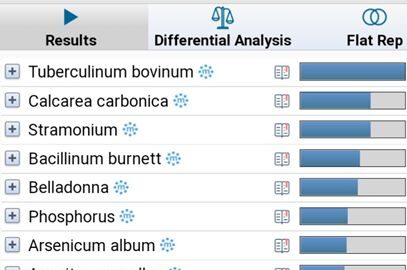
Level of health: 7 (the absence of high fevers indicates lower level of health. The presence of mild acutes show that his health level is not too low)
Prescription: Tub 1M (although at the lower level of health the recommended potency is below 200C, in this case the remedial picture was quite clear, the child was not on any medication and his energy level was good. Therefore, in this case 1M was appropriate)
Table 2: Follow ups
| Date | Follow up | Prescription |
| 6.09.2020
|
After taking the remedy, the child straight away complained of abdominal pain. Twice had bowel motion. Fever 38.6 oC the next day. Pain remained but didn’t increase. The child was very thirsty. Had a nap during the day (hasn’t slept during the day in years). During the fever the child was perspiring a lot. The next day the fever came down, but the pain remained. By the afternoon he was better. | No medication was given |
| 29.09.2020 | There is a significant improvement in teeth grinding.
More confident. Less fearful to be by himself. Rattling in the chest has decreased. Front teeth started to wobble. The child is a lot more expressive. He is doing well. Wait and watch. |
Nil |
| 29.11.2020 | The child hasn’t had any abdominal issues since the initial aggravation.
Stopped grinding his teeth. Talks a lot and much clearer speech. Vocabulary significantly increased. Concentrates better at school. Significantly calmer. Doesn’t seem to suffer from old fears. Grew taller. Chest is better. Began to sneeze. Losing baby teeth. Stopped grinding his teeth. The child is doing well. Watch and wait. |
Nil |
Outcome:
The mother didn’t feel that the child required more follow ups. She described her son as being “free on all levels”. The child is doing well.
DISCUSSION
Every individual carries a genetic predisposition of his own, that decides their life expectancy and quality. And cases like delayed development generally incapacitates the child at a very young age.
Homeopathy is a system of medicine which addresses the core of human suffering, by appreciating the individual as a whole and pursues a general state of well-being as the target of its application.
Hence, through precise homeopathic prescription, an individual whose health level is deteriorated to a lower level either because of his genetic predispositions or exploitation of the defense mechanism, can be upgraded depending upon the magnitude of his suffering.7 This case report is an example for such an outcome.
The case required only a single medicine in a single dose to recover, which less and less homeopaths are convinced of, as ages pass by. Tuberculinum covered only 10 out of 24 listed symptoms, yet the symptoms made for a live totality.
The correct prescription, stimulated the organism in the right direction of cure; because, even though abdominal complaints were not mentioned as the child’s main complaint, when Tuberculinum was given, the remedy immediately addressed that aspect of deteriorated health, that seemed to be central point of the disturbance.
During infancy, the child’s digestive system showed continuous weakness, and judging by the response to the remedy, the defense mechanism had to reinstate the digestive complaints in order to touch the developmental issue. This is an established fact, that the intestinal flora has a great relevance in the overall development of the being and digestive disturbances are common in children with behavioral or developmental issues.8
When the organism was stimulated with the right potency, the child was able to produce a high fever that further helped the immune system to restore health and ascend in levels of health.7 The outcome was alleviation of his fears and excessive restlessness; improvement in breathing and physical development and speech.
CONCLUSION
Through this case report it can be contemplated that homeopathy is efficient therapy in developmental delay. We need further scientific studies to strongly establish the beneficial effects of classical homeopathic treatment.
REFERENCE
- Choo YY, Agarwal P, How CH, Yeleswarapu SP. Developmental delay: identification and management at primary care level. Singapore Med J. 2019;60(3):119. doi:10.11622/SMEDJ.2019025
- Khan I, Leventhal BL. Developmental Delay. Pract Pediatr Adolesc Gynecol. Published online July 18, 2021:158-162. Accessed August 14, 2021. https://www.ncbi.nlm.nih.gov/books/NBK562231/
- Speech and Language Developmental Milestones | NIDCD. Accessed August 14, 2021. https://www.nidcd.nih.gov/health/speech-and-language
- Balasundaram P, Avulakunta ID. Bayley Scales Of Infant and Toddler Development. StatPearls. Published online December 24, 2020. Accessed August 14, 2021. https://www.ncbi.nlm.nih.gov/books/NBK567715/
- Vitrikas K, Savard D, Bucaj M. Developmental Delay: When and How to Screen. Am Fam Physician. 2017;96(1):36-43. Accessed August 14, 2021. http://www.pedstest.com
- SJ L, J M-S, G G, K M. [Refractive surgery for children with developmental delay : Indications, techniques and results]. Ophthalmologe. 2020;117(3):199-209. doi:10.1007/S00347-019-01032-1
- Vithoulkas G. Levels of Health.; 2017.
- A L, AL P, M O, et al. Gut microbiota composition during infancy and subsequent behavioural outcomes. EBioMedicine. 2020;52. doi:10.1016/J.EBIOM.2020.102640



